Refine listing
Actions for selected content:
2251 results in Cambridge Elements
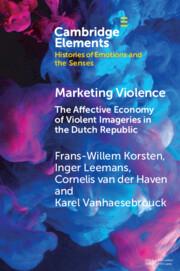
Marketing Violence
- The Affective Economy of Violent Imageries in the Dutch Republic
-
- Published online:
- 31 August 2023
- Print publication:
- 28 September 2023
-
- Element
-
- You have access
- Open access
- HTML
- Export citation
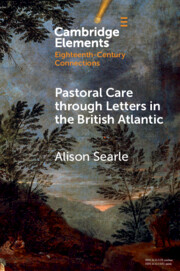
Pastoral Care through Letters in the British Atlantic
-
- Published online:
- 30 August 2023
- Print publication:
- 14 September 2023
-
- Element
- Export citation
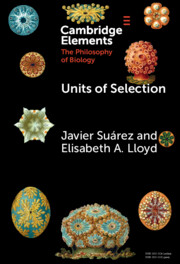
Units of Selection
-
- Published online:
- 30 August 2023
- Print publication:
- 21 September 2023
-
- Element
- Export citation

Varieties of Structural Transformation
- Patterns, Determinants, and Consequences
-
- Published online:
- 30 August 2023
- Print publication:
- 21 September 2023
-
- Element
-
- You have access
- Open access
- HTML
- Export citation
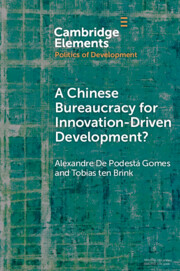
A Chinese Bureaucracy for Innovation-Driven Development?
-
- Published online:
- 25 August 2023
- Print publication:
- 21 September 2023
-
- Element
- Export citation

Medicine and Healing in Ancient East Asia
- A View from Excavated Texts
-
- Published online:
- 24 August 2023
- Print publication:
- 28 September 2023
-
- Element
-
- You have access
- Open access
- HTML
- Export citation
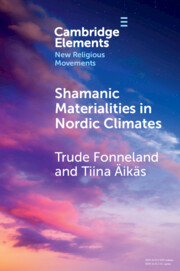
Shamanic Materialities in Nordic Climates
-
- Published online:
- 23 August 2023
- Print publication:
- 21 September 2023
-
- Element
- Export citation
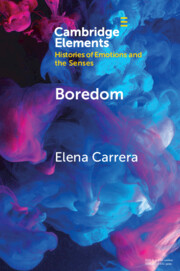
Boredom
-
- Published online:
- 21 August 2023
- Print publication:
- 14 September 2023
-
- Element
-
- You have access
- Open access
- HTML
- Export citation
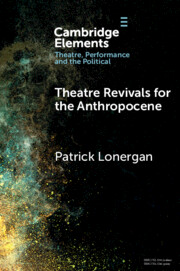
Theatre Revivals for the Anthropocene
-
- Published online:
- 18 August 2023
- Print publication:
- 14 September 2023
-
- Element
- Export citation
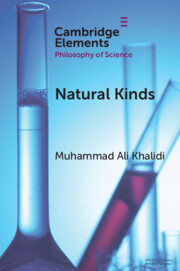
Natural Kinds
-
- Published online:
- 16 August 2023
- Print publication:
- 14 September 2023
-
- Element
-
- You have access
- Open access
- HTML
- Export citation
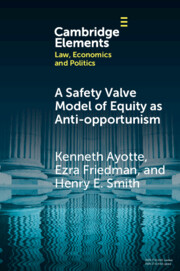
A Safety Valve Model of Equity as Anti-opportunism
-
- Published online:
- 14 August 2023
- Print publication:
- 07 September 2023
-
- Element
- Export citation
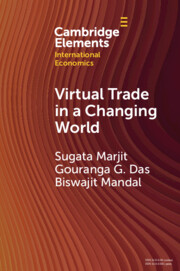
Virtual Trade in a Changing World
- Comparative Advantage, Growth and Inequality
-
- Published online:
- 14 August 2023
- Print publication:
- 28 September 2023
-
- Element
- Export citation
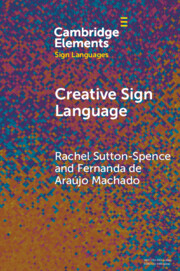
Creative Sign Language
-
- Published online:
- 12 August 2023
- Print publication:
- 24 August 2023
-
- Element
- Export citation
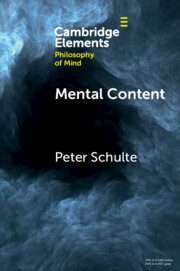
Mental Content
-
- Published online:
- 12 August 2023
- Print publication:
- 31 August 2023
-
- Element
- Export citation
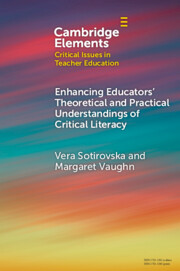
Enhancing Educators' Theoretical and Practical Understandings of Critical Literacy
-
- Published online:
- 12 August 2023
- Print publication:
- 07 September 2023
-
- Element
- Export citation
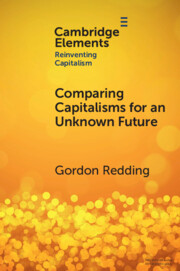
Comparing Capitalisms for an Unknown Future
- Societal Processes and Transformative Capacity
-
- Published online:
- 11 August 2023
- Print publication:
- 07 September 2023
-
- Element
- Export citation
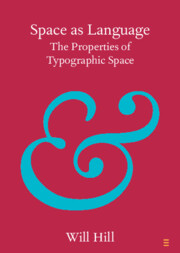
Space as Language
- The Properties of Typographic Space
-
- Published online:
- 10 August 2023
- Print publication:
- 24 August 2023
-
- Element
- Export citation
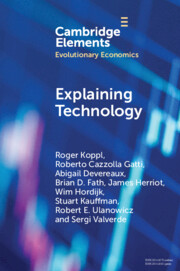
Explaining Technology
-
- Published online:
- 09 August 2023
- Print publication:
- 31 August 2023
-
- Element
- Export citation
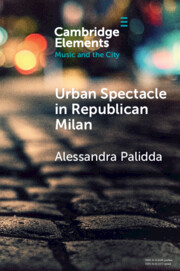
Urban Spectacle in Republican Milan
- Pubbliche feste at the Turn of the Nineteenth Century
-
- Published online:
- 09 August 2023
- Print publication:
- 31 August 2023
-
- Element
- Export citation
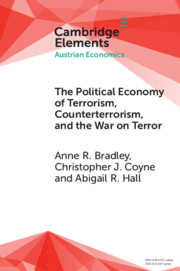
The Political Economy of Terrorism, Counterterrorism, and the War on Terror
-
- Published online:
- 09 August 2023
- Print publication:
- 31 August 2023
-
- Element
- Export citation
